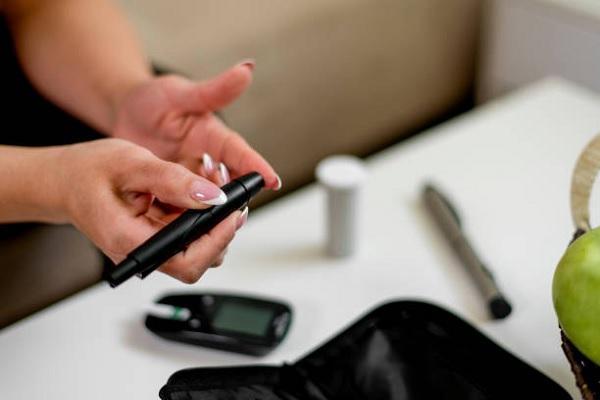
By Pharm. (Dr) Onyinye Chiekwe
Towards the end of 2021, I read a book, Atomic Habits by James Clear. Unlike the average motivational or inspirational book that mostly tells, this was a tell-and-show book. It showed practical ways to achieve set goals by simply changing your habits. The patterns in the book can also be adapted to achieve healthier living. So, this article will not only give you tips but also show you healthy habits that you can master to achieve success in diabetes management.
Below are tips and habits for successful diabetes management:
Monitor glucose and BP levels
Check your blood/urine glucose levels routinely. It may become necessary to get yourself a home testing kit; this will help you self-test at your convenience. It is advisable to monitor not just glucose but also blood pressure levels. If your blood pressure gets too high, it could cause a heart attack or stroke and could damage other organs. Even worse is that it could further complicate already existing diabetes. It is, therefore, necessary to monitor your blood pressure levels.
Develop a routine for checking blood/urine and blood pressure glucose levels
How frequently should you check your blood sugar and blood pressure levels? You should decide this with your physician and stick to your schedule, making it a routine. In addition, occasionally, check your blood sugar levels before, during and after exercises. This will help you observe how you metabolize glucose during exercises and guide you in creating an exercise plan that works for you.
Write down your values
It is a great idea to keep a record of your values after you carry out blood sugar/glucose tests, so that you can detect a pattern (if any) and trace the reason for such. It is also important to monitor your progress level.
Control your diet
First, schedule an appointment with your dietician and develop a meal plan that you can conveniently work with. You can always revisit your meal plan and either delete or include a particular meal. It is good to learn about carbohydrate portions and know the amount of carbohydrates in each meal so that you can keep track of it. This is important because carbohydrates usually have the highest impact on your sugar levels.
Always separate your plate into three zones
Ensure that all your meals are well balanced. A common way to ensure this is by separating your plate into three zones. First, divide your plate in half and fill one side with vegetables. Next, further split the other half into two halves. Fill one half with starchy food like potatoes, rice, etc., and fill the other half with proteins. Vegetables have very little effect on blood sugar, while proteins only slightly raise blood sugar. On the other hand, starchy food raises blood sugar. With this method, besides consuming a balanced diet, you also balance your meals by consuming both glucose-elevating and non-glucose-elevating foods.
Note snacks that are right for you
You are allowed to snack up, even if you have diabetes. However, discuss with your dietician on which snacks to avoid and which to stick to. In addition, regularly update your list so that you have a wider range of foods to snack on.
Maintain proper feet hygiene
It is important that you make caring for your feet a daily habit. Keep your toenails trimmed. Wash and moisturise your feet; and take proper care of wounds and injuries.
Wear comfortable shoes only
Buy only comfortable shoes that will not cause your feet to be sore or put unnecessary stress on your feet. Avoid too high or uncomfortable heels which could cause pressure, or footwear that could cause blisters
Check your feet every night
Always check for changes in the appearance of your feet. With the aid of a hand mirror, regularly check for swellings, cuts, discolourations, etc., on your feet; or ask someone to help you check. Develop a schedule for checking your feet – preferably every night before you go to bed. (Continues next edition)










